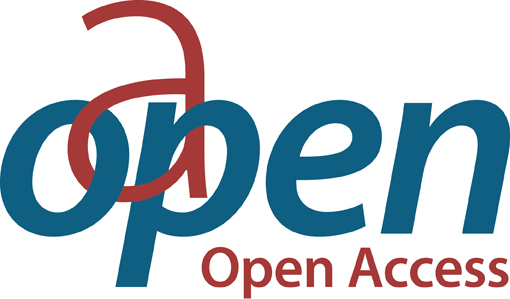Chapter An apparent paradox: wool as an alternative currency for merchants and weavers in Dubrovnik (Ragusa) in the 15th century
| dc.contributor.author | Fejic, Nenad | |
| dc.date.accessioned | 2024-12-20T12:35:45Z | |
| dc.date.available | 2024-12-20T12:35:45Z | |
| dc.date.issued | 2024 | |
| dc.identifier | ONIX_20241220_9791221503470_219 | |
| dc.identifier.issn | 2975-1195 | |
| dc.identifier.uri | https://0-library-oapen-org.catalogue.libraries.london.ac.uk/handle/20.500.12657/96424 | |
| dc.description.abstract | This article examines the use of wool as an alternative currency in Dubrovnik in the first half of the 15th century. The actors of this practice were Catalan merchants who advanced wool to local weavers. In return, the weavers had to refund the credit by transforming the wool into fabrics. The quantity of fabrics returned was always greater than the quantity that could be produced from the wool received. This use of wool as an alternative currency corresponded to the mining prosperity in the Balkans. Silver, a precious metal, was exported by the Catalans, rather than being used to finance local wool production, which therefore had to resort to a local financing circuit, where wool, in the absence of silver currency, served as an alternative currency. | |
| dc.language | English | |
| dc.relation.ispartofseries | Datini Studies in Economic History | |
| dc.subject.classification | thema EDItEUR::K Economics, Finance, Business and Management::KC Economics::KCZ Economic history | |
| dc.subject.other | Dubrovnik | |
| dc.subject.other | Catalans | |
| dc.subject.other | wool | |
| dc.subject.other | silver | |
| dc.subject.other | currency | |
| dc.title | Chapter An apparent paradox: wool as an alternative currency for merchants and weavers in Dubrovnik (Ragusa) in the 15th century | |
| dc.type | chapter | |
| oapen.identifier.doi | 10.36253/979-12-215-0347-0.20 | |
| oapen.relation.isPublishedBy | bf65d21a-78e5-4ba2-983a-dbfa90962870 | |
| oapen.relation.isbn | 9791221503470 | |
| oapen.series.number | 4 | |
| oapen.pages | 12 | |
| oapen.place.publication | Florence |

